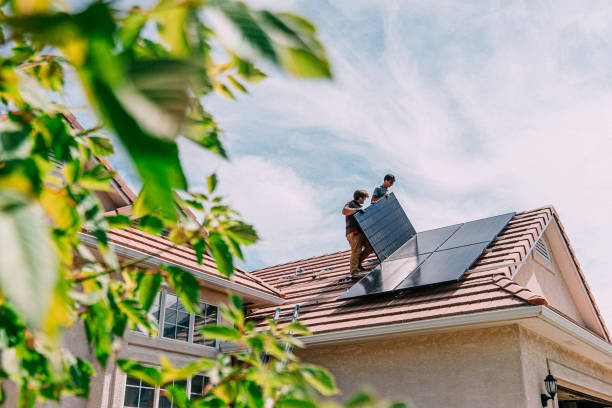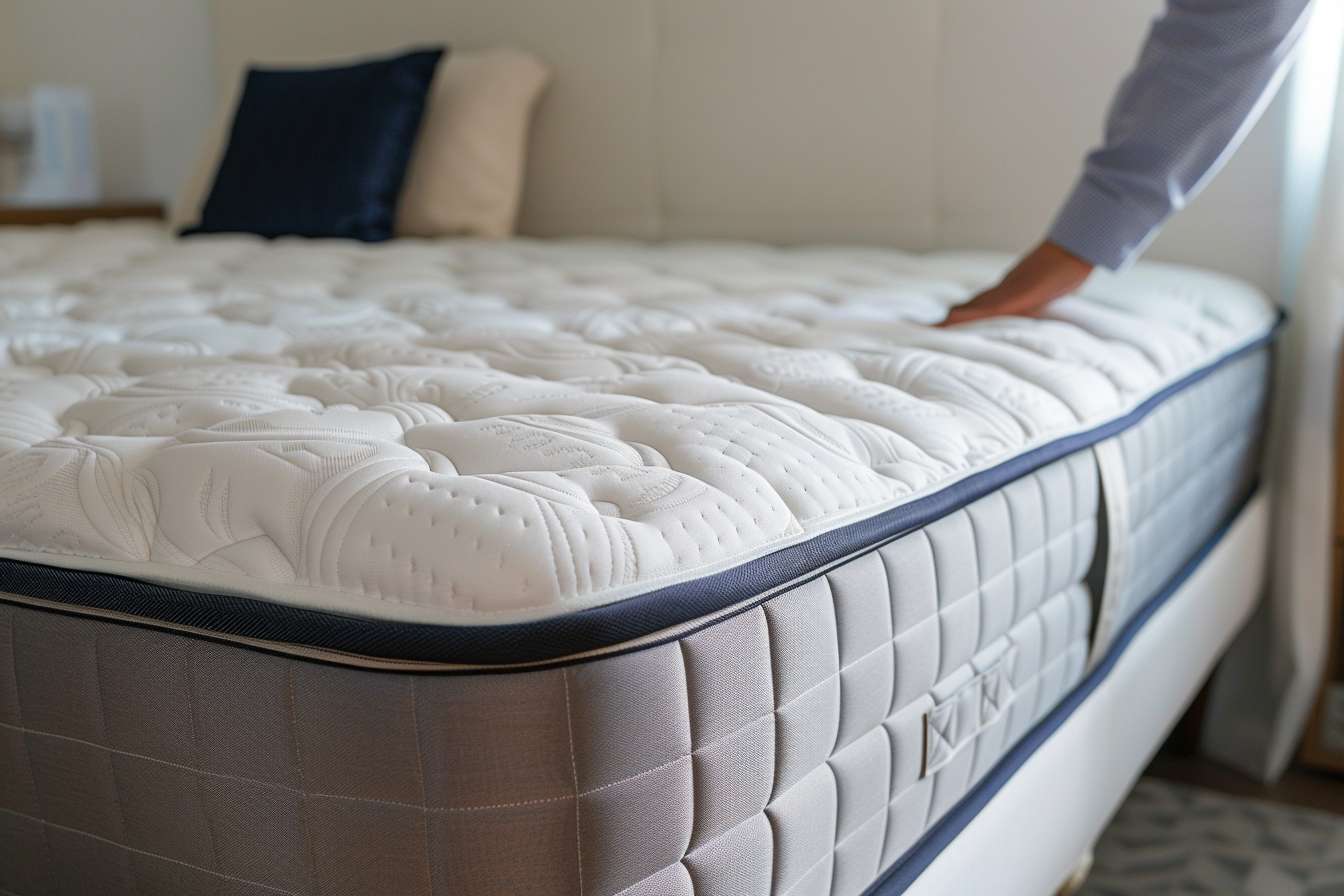Tiny House choices
Tiny houses have become an increasingly popular housing alternative across Australia, offering a unique blend of affordability, sustainability, and simplified living. These compact dwellings, typically ranging from 15 to 50 square metres, provide homeowners with the opportunity to reduce their environmental footprint while embracing a minimalist lifestyle. From traditional tiny houses on wheels to permanent foundation models, the variety of options available allows individuals to find a solution that matches their specific needs, budget, and lifestyle preferences.

Understanding Tiny House Options
The tiny house movement offers several distinct categories to choose from, each with unique characteristics and benefits. Tiny houses on wheels (THOWs) provide mobility and flexibility, allowing owners to relocate their homes as needed. These structures are built on trailers and must comply with road transport regulations. Alternatively, tiny houses on permanent foundations offer more stability and often allow for larger floor plans, as they don’t need to meet road weight restrictions.
Container homes represent another popular choice, converting shipping containers into liveable spaces. These structures offer durability and can be stacked or combined to create larger living areas. Prefabricated tiny houses provide a middle ground, offering professionally designed and constructed homes that can be customised to individual preferences.
How Tiny Houses Help Save Money
Living in a tiny house can significantly reduce housing costs compared to traditional Australian homes. The initial purchase price is substantially lower, with many tiny houses costing between $50,000 and $150,000, compared to the median house price of over $700,000 in major Australian cities. Ongoing expenses are also reduced, including lower utility bills due to smaller spaces requiring less energy for heating and cooling.
Maintenance costs decrease dramatically with fewer square metres to maintain, repair, and clean. Property taxes and insurance premiums are typically lower for tiny houses, particularly those classified as moveable structures. Many tiny house owners also report spending less on furnishings and possessions, as the limited space naturally encourages a more minimalist approach to material goods.
Location Considerations for Tiny House Choices
Choosing where to place your tiny house requires careful consideration of Australian zoning laws and local council regulations. Some areas have embraced tiny houses, creating dedicated tiny house communities or allowing them in backyards as secondary dwellings. Rural properties often provide more flexibility for tiny house placement, while urban areas may have stricter restrictions.
Caravan parks and tiny house villages are emerging as popular options, offering community living with shared amenities. Some councils are developing specific tiny house policies, recognising their potential to address housing affordability challenges. Research local regulations thoroughly, as requirements vary significantly between states and local government areas.
Design Features and Customisation Options
Modern tiny houses incorporate clever design solutions to maximise limited space. Multi-functional furniture, such as beds that convert to seating areas or dining tables that fold into walls, helps optimise every square metre. Vertical storage solutions, including floor-to-ceiling cabinets and loft spaces, provide ample room for belongings without cluttering living areas.
Sustainable features are increasingly popular, including solar panels, rainwater collection systems, and composting toilets. High-quality insulation and energy-efficient appliances help maintain comfortable temperatures year-round while minimising utility costs. Many builders offer customisation options, allowing buyers to select layouts, finishes, and features that match their lifestyle needs.
Tiny House Providers and Cost Comparison
Australia’s tiny house market includes various providers offering different price points and services. Understanding the options helps make informed decisions about your investment.
| Provider Type | Services Offered | Cost Estimation |
|---|---|---|
| Custom Builders | Fully customised designs, site consultation | $80,000 - $200,000 |
| Kit Suppliers | DIY construction packages with plans | $30,000 - $80,000 |
| Prefab Manufacturers | Ready-to-move completed homes | $60,000 - $150,000 |
| Container Converters | Shipping container transformations | $40,000 - $120,000 |
| Tiny House Communities | Rental or purchase within established villages | $200 - $500 per week (rental) |
Prices, rates, or cost estimates mentioned in this article are based on the latest available information but may change over time. Independent research is advised before making financial decisions.
Legal and Insurance Considerations
Navigating the legal landscape for tiny houses in Australia requires understanding building codes, insurance requirements, and registration processes. Tiny houses on wheels may need to be registered as recreational vehicles or caravans, depending on their construction and intended use. Building codes vary between states, with some requiring tiny houses to meet the same standards as traditional homes.
Insurance options include caravan insurance for mobile tiny houses or home insurance for permanent structures. Some insurers offer specialised tiny house policies that account for their unique characteristics. Professional advice from lawyers familiar with tiny house regulations can help ensure compliance with all relevant laws and regulations.
The tiny house movement continues to evolve in Australia, offering innovative solutions for affordable, sustainable living. Whether seeking mobility, reduced environmental impact, or financial freedom, tiny houses provide viable alternatives to traditional housing. Careful consideration of location, design, legal requirements, and ongoing costs ensures a successful transition to tiny house living that aligns with individual goals and circumstances.




